If you’re curious about how ancient China kept track of the stars and navigated the cosmos, the Beijing Ancient Observatory offers a compelling glimpse into centuries-old scientific ingenuity. This ticketed experience, costing around $10 per person, provides a straightforward way to access one of the oldest observatories still standing today. It’s a compact but fascinating stop that combines history, science, and culture—perfect for travelers interested in authentic, off-the-beaten-path sites.
What really wins us over is how well-preserved the instruments are—these are artifacts that have stood through dynasties—and the opportunity to learn about China’s astronomical contributions. Plus, the location, sitting quietly at the southwest corner of Jianguomen Bridge, makes it a manageable addition to a day of sightseeing. The only possible snag is that it doesn’t include a guided tour, so if you prefer deeper insights, you might want to do some extra reading beforehand. This experience suits those who appreciate history, science, or simply want to see a unique facet of Chinese culture firsthand.
Key Points
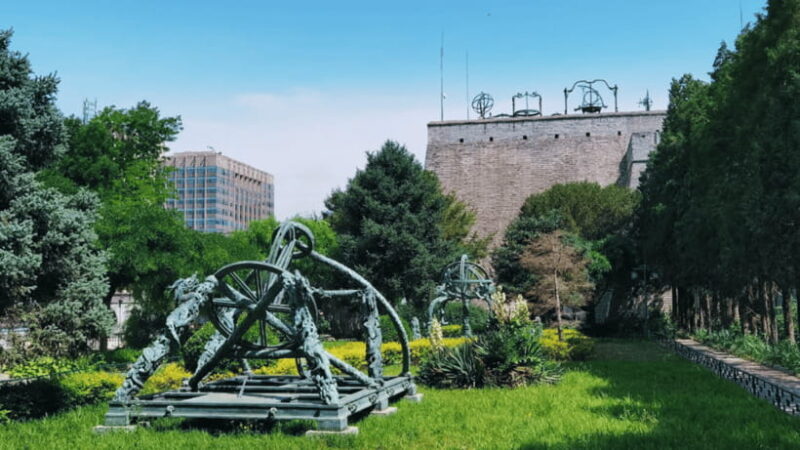
- Affordable entry at just $10 makes it a great value for a dose of history and science.
- Well-preserved instruments allow for an authentic experience of China’s astronomical past.
- Educational exhibits help contextualize the instruments within Chinese and world history.
- Limited tour options mean you’ll explore mostly on your own, ideal for independent travelers.
- Open from 9:00 AM to 4:30 PM, with last entry at 4:30 PM, so plan your visit accordingly.
- Wheelchair accessible, making it inclusive for different mobility needs.
An Introduction to the Beijing Ancient Observatory
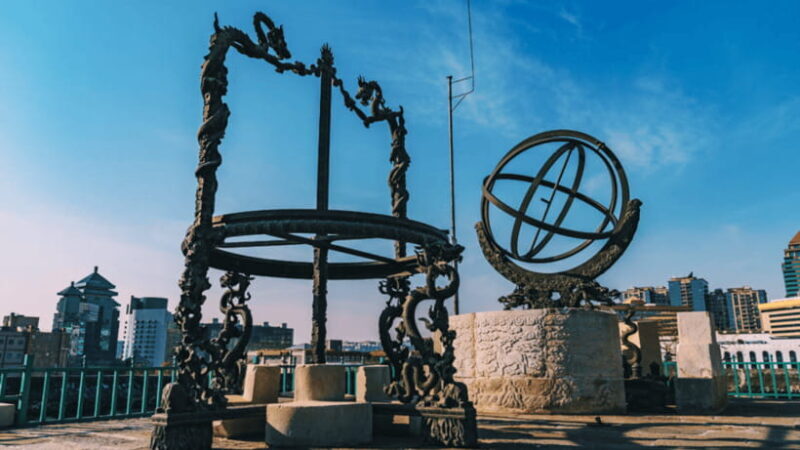
Planning a visit to the Beijing Ancient Observatory is like stepping into a science museum that’s been active for centuries. This site isn’t just about looking at old instruments; it’s about understanding a culture’s way of reaching for the stars long before telescopes became commonplace. We love that it offers a tangible connection to China’s astronomical history—from the Ming Dynasty’s “Star Observing Platform” to additions made during the Qing Dynasty, especially under emperors Kangxi and Qianlong.
What’s particularly appealing is how the observatory combines historic architecture with functional instruments. Think about the Armillary Sphere, a globe-like device representing the universe, or the Celestial Globe, which helped ancient astronomers map the heavens. These artifacts aren’t just decorations; they’re a window into the past of Chinese science and exploration. For those who enjoy learning how civilizations understood the cosmos, this site offers tangible proof of China’s long-standing curiosity.
One thing to keep in mind is that this ticket does not include guided tours. While some reviews note that the site is well-organized and informative, a guide can enhance your understanding of the instruments’ historical significance and technical functions. Nevertheless, with informational plaques and exhibits, you’re set up for a self-guided exploration that’s both meaningful and manageable within a couple of hours.
You can also read our reviews of more tours and experiences in Beijing.
Why Visit the Beijing Ancient Observatory?
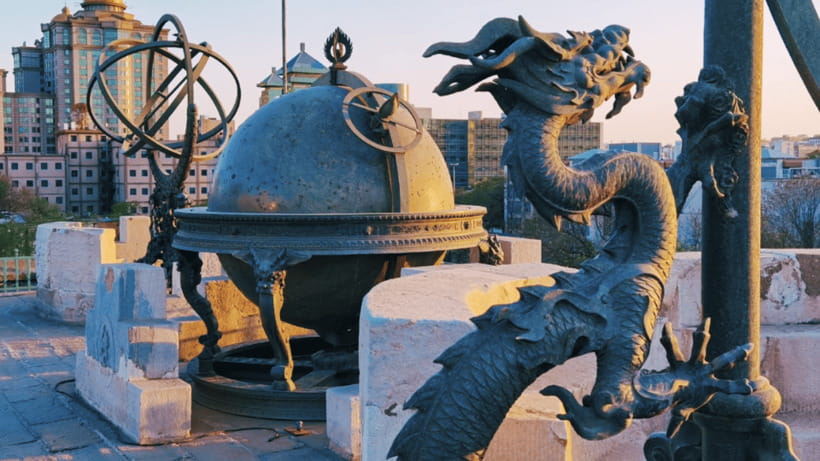
The main draw is undoubtedly the collection of rare, historical instruments—some dating back hundreds of years. Visitors often remark on the exquisite craftsmanship of the instruments and the way they reflect the scientific priorities of past Chinese dynasties. Many reviews mention that the observatory played a key role in cultural exchanges between East and West, making it a noteworthy stop for those interested in international history.
We loved the way the site offers an educational experience without overwhelming visitors. The exhibits are presented clearly, with enough context to understand their purpose, whether it’s for celestial navigation, calendar calculations, or astronomical observations. For a modest $10, it’s hard to find such a rich, authentic experience elsewhere in Beijing, especially one that combines science, history, and cultural exchange.
The view of the Armillary Sphere and the Gnomon—a simple yet powerful instrument for casting shadows—are particularly striking. You might find that these displays spark curiosity about how ancient astronomers used simple tools to understand the universe’s vastness. Many visitors comment that the preservation and display of these instruments are exceptional, making the experience feel like a step back in time.
What to Expect During Your Visit
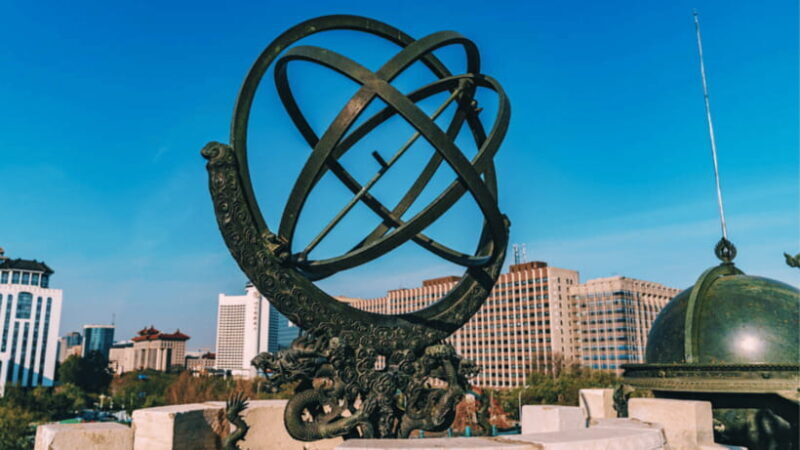
When you arrive, you’ll find the ticketing process straightforward—simply provide your passport details (name and number) to complete your booking. The site is open from 9:00 AM to 4:30 PM, with the last admission at 4:30 PM. That gives you plenty of time to enjoy the exhibits without feeling rushed.
Once inside, you’ll be greeted by a tranquil courtyard leading to the historic buildings housing the instruments. You’ll see the Armillary Sphere, Celestial Globe, and Gnomon, each with its own story. The exhibits are mostly self-guided, with informational plaques providing insights. Some reviews mention the presence of knowledgeable guides, though they are not included in the ticket price, so if you prefer a guided experience, consider arranging this separately.
While exploring, you’ll appreciate the architecture, which is characteristic of Ming and Qing style—simple yet elegant, with traditional Chinese features. The instruments are displayed with care, and many are still functional. For example, some are used during special demonstrations or for calibration, which adds an extra layer of interest.
The Historical Instruments
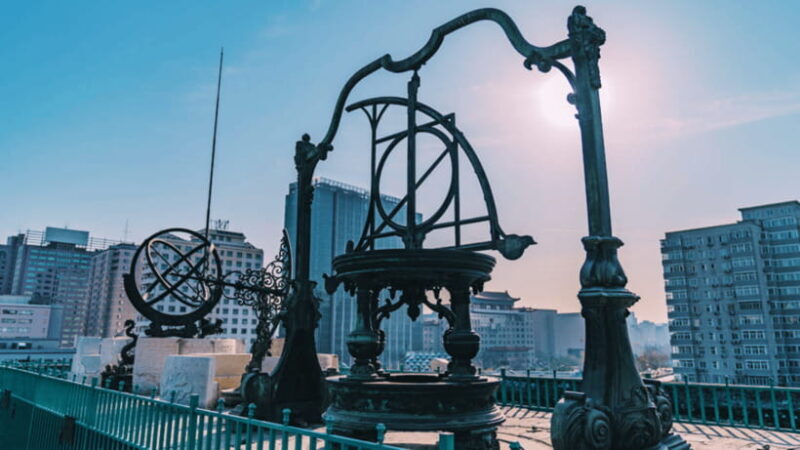
The Armillary Sphere is perhaps the most iconic. It visually demonstrates the Chinese understanding of the cosmos, with intricate rings representing the celestial equator, ecliptic, and other celestial circles. Visitors find it fascinating to see how ancient astronomers used such devices for celestial navigation and calendar calculations.
The Celestial Globe offers a 3D map of the stars, helping to illustrate the Chinese constellations and their significance. Many travelers appreciate that these instruments aren’t just static relics—they are testament to a sophisticated scientific tradition.
The Gnomon, a simple stick or pillar used to measure the Sun’s shadow, exemplifies the practical tools of ancient astronomy. It’s a reminder that early astronomers relied on basic physics but achieved impressive accuracy and understanding.
More Great Tours NearbyAuthenticity and Preservation
Visitors often comment on how well-preserved the instruments are, which is crucial for an experience rooted in history. The exhibits feel genuine, and the site’s architecture maintains an authentic atmosphere. Some reviews highlight that the observatory played a crucial role in cultural exchanges, underscoring its importance beyond just Chinese history.
- Great Wall at Gubeikou and Jinshanling Private Sunset Tour
- Mutianyu Great Wall Private Layover Guided Tour
- Private Mutianyu Great Wall Day Tour From Beijing City/Airport
- Private Arrival Transfer: Beijing Airport (PEK or PKX) to Hotel
- Private All-Inclusive Day Tour: Tiananmen Square, Forbidden City, Mutianyu Great Wall
- Mutianyu Great Wall Small-Group Tour From Beijing Including Lunch
The Experience of Visiting
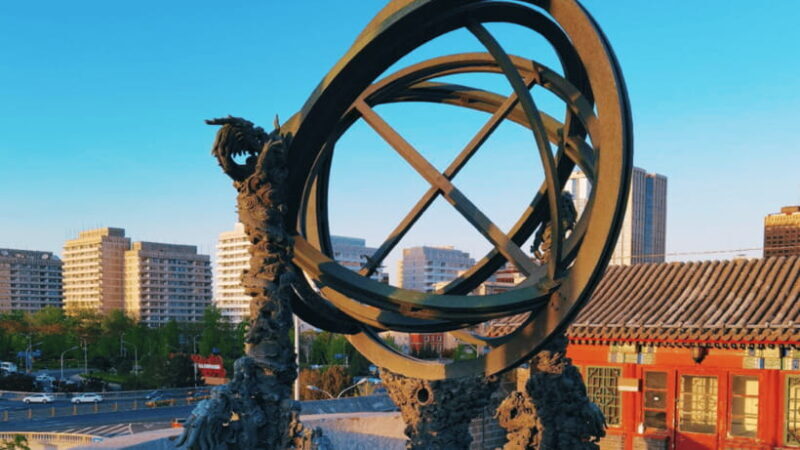
A typical visit lasts about 1-2 hours, depending on your pace and level of curiosity. You’ll find that the self-guided exploration allows for flexibility—highlighting your favorite instruments or spending extra time reading the information plaques. The site is wheelchair accessible, making it suitable for a variety of visitors.
Pricing is quite reasonable, especially considering the wealth of historical artifacts on display. For just $10, you gain access to a site that’s both educational and visually impressive. While guided tours aren’t included, many reviews suggest that the displays are clear enough to stand alone, and the site’s quiet atmosphere encourages thoughtful wandering.
Practical Tips for Visitors
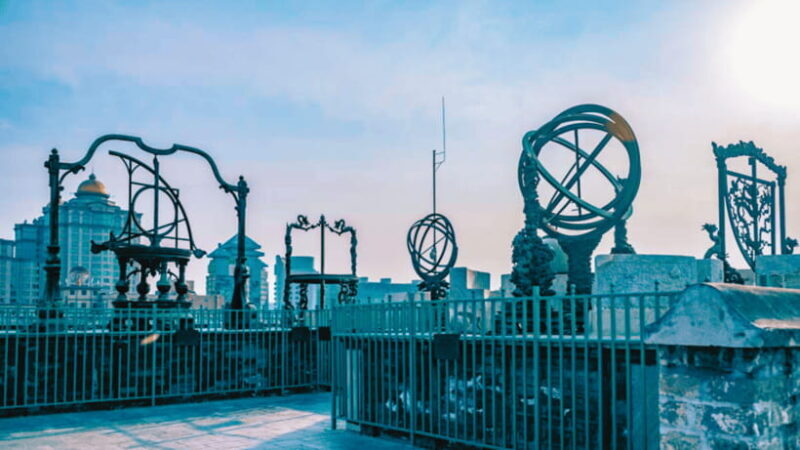
- Book your tickets in advance and provide your passport details to avoid cancellations.
- The best time to visit is in the morning or early afternoon, to avoid the afternoon crowd and ensure access before closing time.
- Bring your passport for check-in, as it’s required for booking.
- Allow about 1-2 hours for your visit—plenty of time to appreciate the exhibits without rushing.
- Consider bringing a guidebook or doing some prior reading if you want a deeper understanding of the instruments’ history.
- The site is wheelchair accessible, but it’s good to check if you have specific needs before arriving.
The Beijing Ancient Observatory offers a rare chance to see authentic, centuries-old astronomical instruments and to understand how ancient China contributed to celestial navigation and timekeeping. At just $10, it represents excellent value for lovers of history, science, or cultural heritage. The site’s well-preserved artifacts and accessible layout make it a practical and enriching stop, especially if you enjoy learning about the scientific achievements of the past.
While it might lack guided tours included in the price, the informational plaques and the historical significance of the instruments more than make up for it. If you’re interested in Chinese history, astronomy, or simply want a peaceful, authentic glimpse into the past, this site is well worth your time.
This visit is particularly suited for independent travelers, history buffs, science enthusiasts, and anyone curious about China’s long-standing pursuit of understanding the cosmos. It’s a solid, meaningful addition to any Beijing itinerary—one that offers a quiet but powerful connection to the universe as seen through the eyes of ancient astronomers.
Is the Beijing Ancient Observatory suitable for wheelchair users?
Yes, the site is wheelchair accessible, making it easier for visitors with mobility needs to explore the exhibits.
How much does the admission ticket cost?
The ticket is priced at around $10 per person, offering good value for such a historic site.
What are the opening hours?
The observatory is open from 9:00 AM to 4:30 PM, with the last entry at 4:30 PM.
Do I need to bring my passport?
Yes, you’ll need to provide your passport details (full name and number) to complete the booking.
Are guided tours included?
No, guided tours are not included. You can explore on your own, but some reviews mention the presence of knowledgeable guides, which are separate.
Can I visit this site if I have limited mobility?
Yes, the site is wheelchair accessible, but it’s best to check if your specific needs are met before arriving.
How long should I plan to spend here?
Most visitors spend about 1-2 hours, enough to see the main exhibits and enjoy the atmosphere.
Is the site family-friendly?
Absolutely, children and adults alike will find the instruments fascinating and educational.
Is there a dress code or specific attire needed?
No special attire is required, but comfortable clothing and shoes are recommended for walking around.
Can I buy souvenirs here?
The tour price does not include souvenirs, but some gift items or replicas might be available, depending on the day.
In sum, if you’re after a meaningful, affordable, and authentic glimpse into China’s astronomical past, the Beijing Ancient Observatory is a top pick. It’s a straightforward yet deeply educational experience that will leave you appreciating how ancient astronomers looked to the stars without modern gadgets, yet with tools that still inspire wonder today.
You can check availability for your dates here:More Tickets in Beijing
- Beijing: Palace Museum (The Forbidden City) Entry Ticket
- Beijing Summer Palace Admission Ticket(With Tour Option)
- Beijing: Temple of Heaven Guided Tour with Options or Ticket
- Forbidden City Of Beijing Tickets Booking And Other Option
- ForbiddenCity & Tiananmen Square ticket with guide(optional)
- Beijing Juyongguan Great Wall Ticket And Optional Tour
More Tour Reviews in Beijing
- Beijing: Palace Museum (The Forbidden City) Entry Ticket
- Private | Shichahai Hutong Dinner and Beer Walking Tour
- Summer Palace, Hutongs and Temple of Heaven Tour
- Beijing Summer Palace Admission Ticket(With Tour Option)
- Beijing: Temple of Heaven Guided Tour with Options or Ticket
- Beijing: Temple of Heaven Tour
Not for you? Here's more nearby things to do in Beijing we have reviewed
- Beijing: Palace Museum (The Forbidden City) Entry Ticket
- Private | Shichahai Hutong Dinner and Beer Walking Tour
- Summer Palace, Hutongs and Temple of Heaven Tour
- Beijing Summer Palace Admission Ticket(With Tour Option)
- Beijing: Temple of Heaven Guided Tour with Options or Ticket
- Beijing: Temple of Heaven Tour
- Tour the Great Wall with a Native
- Forbidden City Of Beijing Tickets Booking And Other Option
- Mutianyu Great Wall Bus, Departure 8/9/10am, Return 3/4/5pm
- Beijing: Must-Experience for Traditional Chinese Tea Culture
- ForbiddenCity & Tiananmen Square ticket with guide(optional)
- Beijing Juyongguan Great Wall Ticket And Optional Tour
